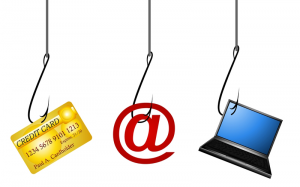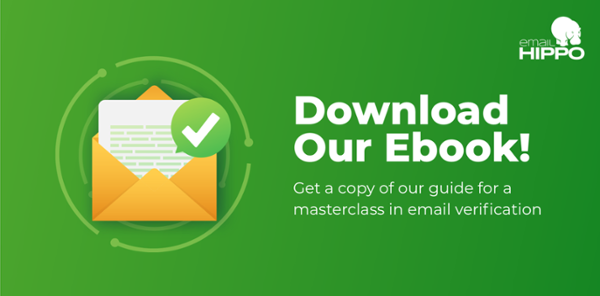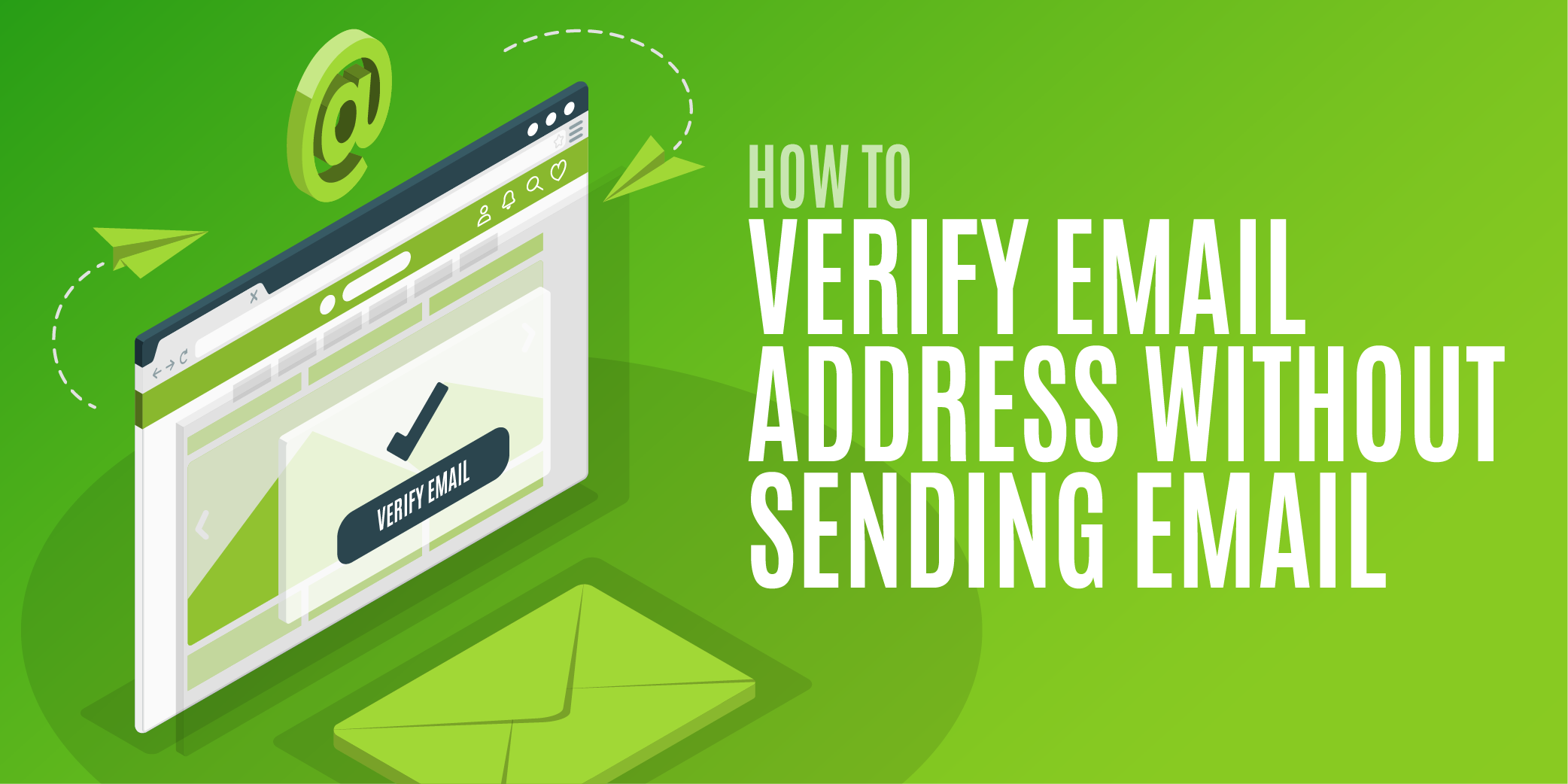Email terms explained for email marketing beginners
The world of email marketing is full of jargon so if you don’t know the difference between a hard bounce and a soft bounce, or a blacklist from a whitelist read on to find out more.

Blacklist and blacklisting
Internet service providers (ISP) often use a blacklist of suspected spammers or known spammers to stop, or block, suspect emails from reaching the intended recipients inbox. Unfortunately just a few spam complaints can put legitimate email service providers or IP addresses onto a blacklist.
Blocking emails
Corporate servers and ISPs can stop, or ‘block’ suspected spamming emails from reaching the intended recipients inbox. In most cases the sender of the email which has been blocked will receive an email saying the message has been bounced.
Filtering emails
A filter is email software that scans incoming messages and allows the recipients receive them in their inbox or be filtered as unsuitable and put in to junk. Key words in an email may mark it as spam, such as ‘sale’ or ‘discount’, and the filter will pick this up, mark the email as such and put it in the appropriate folder, blocking unsolicited emails.
Hard bounce and email bounces
A hard bounce occurs when the delivery of an email has failed due to permanent problems such as the email address no longer being valid.
Harvesting emails for lead generation
This is a technique used to build an email database from addresses taken from websites, address books etc. The recipients, therefore, have not given permission for their addresses to be used in this way and the list will be treated as spam.
HTML email
Hypertext Markup Language (HTML) is a platform that allows emails to include typographical elements such as different typefaces and coloured headings, and images and diagrams.
IP address
Internet Protocol (IP) addresses allow computer equipment, such as scanners, printers and screens, to be identified so that they can communicate with each other.
Internet service providers (ISP)
Businesses and organisations that provide users with access to the internet and related services are called internet service providers.
Permission-based email
To run a successful, legitimate email marketing campaign the sender has to have a list of email addresses compiled by gaining the recipients permission to receive email communication from a certain company, individual or website. To do this the recipients must have opted-in or subscribed to receiving such emails and this is know as permission-based email.
Phishing attacks by email
These are emails sent out to fool the recipient into disclosing confidential information, such as credit card details, passwords or other private information, which can be used for fraudulent activity such as identity theft.

Pinging an email
A ping test will verify whether or not an email address exists and is valid.
Soft bounce emails
A soft bounce is when an email fails to be delivered due to a temporary problem such as the mailbox being full or the server being unavailable.
Spam emails
Unsolicited, and usually unwanted, email sent out from an unknown sender to many recipients simultaneously.
Whitelist
This is the reverse of blacklisting and comprises a list of contacts or IP addresses that are instantly approved and therefore emails are automatically delivered into the recipients inbox.
That's an overview of the terms used in email marketing and validation. Want to know more?
For further information about the terms used in email validation read this blog article about email validation terms.
Learn more about email validation for marketers








